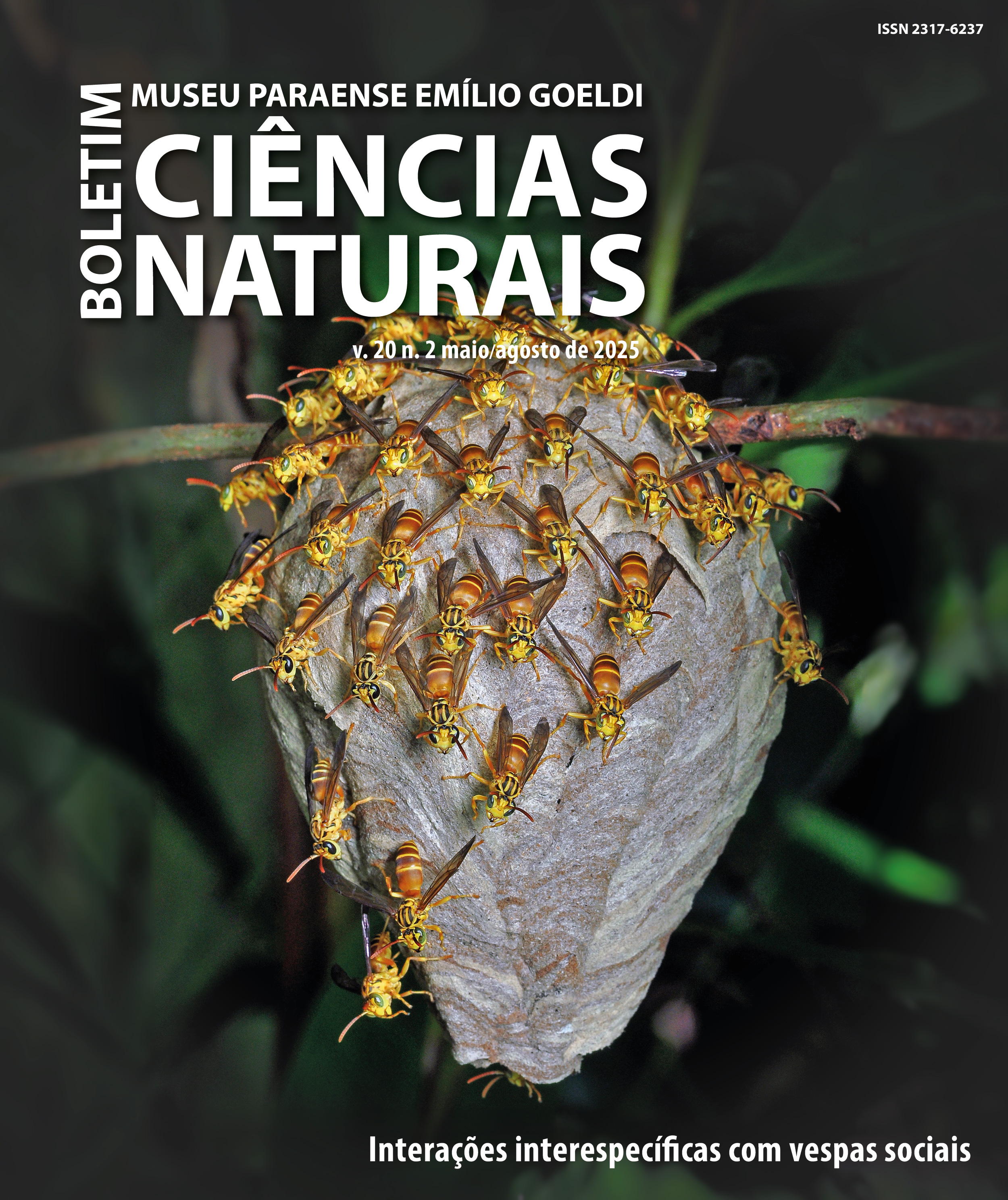Diet of Athene cunicularia (Strigidae) on the campus of the Federal University of Rio de Janeiro, Ilha do Fundão, Brazil
DOI:
https://doi.org/10.46357/bcnaturais.v20i2.1039Keywords:
Food ecology, Urban area, StrigidaeAbstract
The burrowing owl (Athene cunicularia) is a diurnal and nocturnal owl, distributed from southern Canada to Tierra del Fuego and throughout Brazil. It is a generalist predator with a carnivorous-insectivorous diet. The discovery of nests in an open area, close to the Rectory building on the UFRJ campus prompted ad libitum collections during April and May 2016. This study aims to qualitatively describe the diet of this species in an anthropized environment. 47 pellets containing non-digestible food items such as arthropod exoskeletons, bones, hair, feathers and teeth were collected. The samples were preserved in 70% ethanol and subsequently examined under a stereoscopic microscope. Arthropods were present in 100% of the pellets while vertebrates in 85.1%. Coleoptera, beetles and Orthoptera, grasshoppers, were the most abundant Insecta in the diet, appearing, respectively, in 46 and 44 of the total of 47 samples analyzed. Spiders, Order Araneae, were found in 43 samples; Order Squamata, geckos, in 29 samples, small rodents, Order Rodentia in 11 samples and frogs, Order Anura, in four samples. These results agree with the prevalence of invertebrates, reported in the literature, for the diet of this species, however, they indicate a predominance of reptiles among the vertebrate prey.
Downloads
Published
Issue
Section
License
Publication means fully assigning and transferring all copyrights of the manuscript to the journal. The Liability Statement and
Assignment of Copyrights will be enclosed with the notice of acceptance. All the authors must sign the document and return it to the journal.








